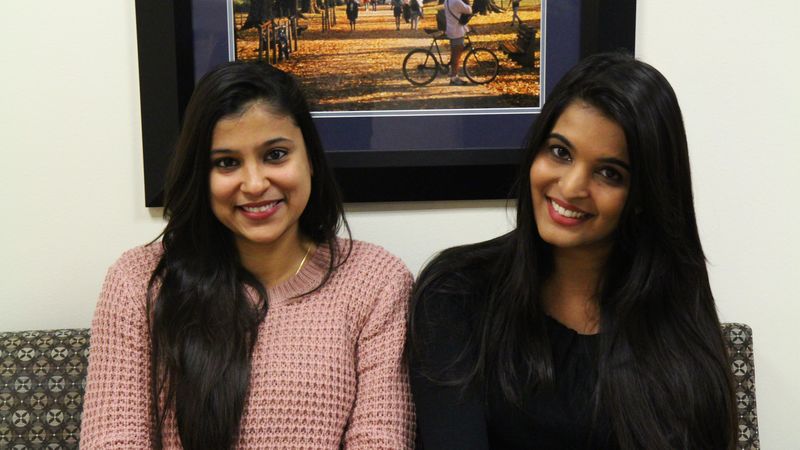Big data lab research provides students with competitive advantage
Two Master of Information Science students will graduate with job offers thanks to their studies and hands-on research analyzing tweets during the recent election.
By: Elizabeth Palmer


